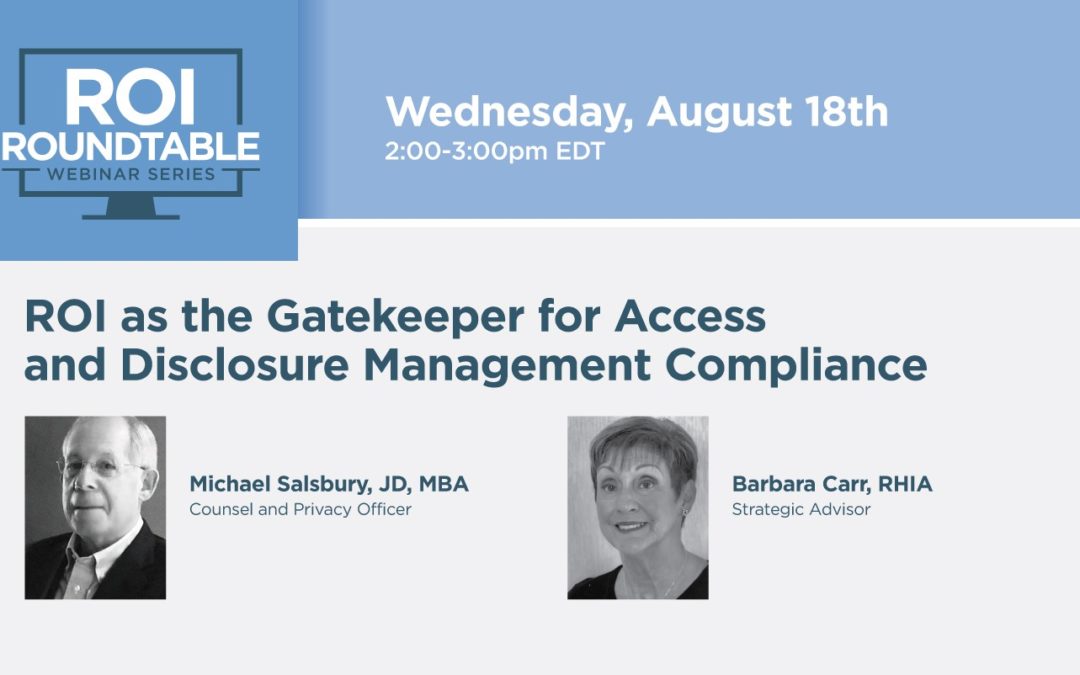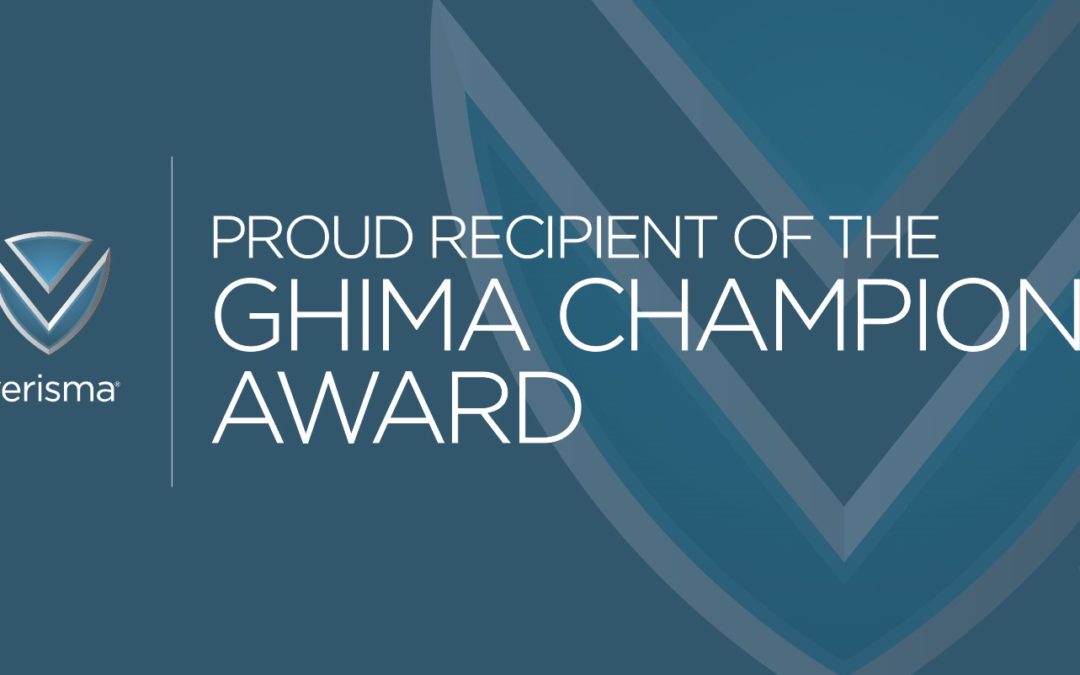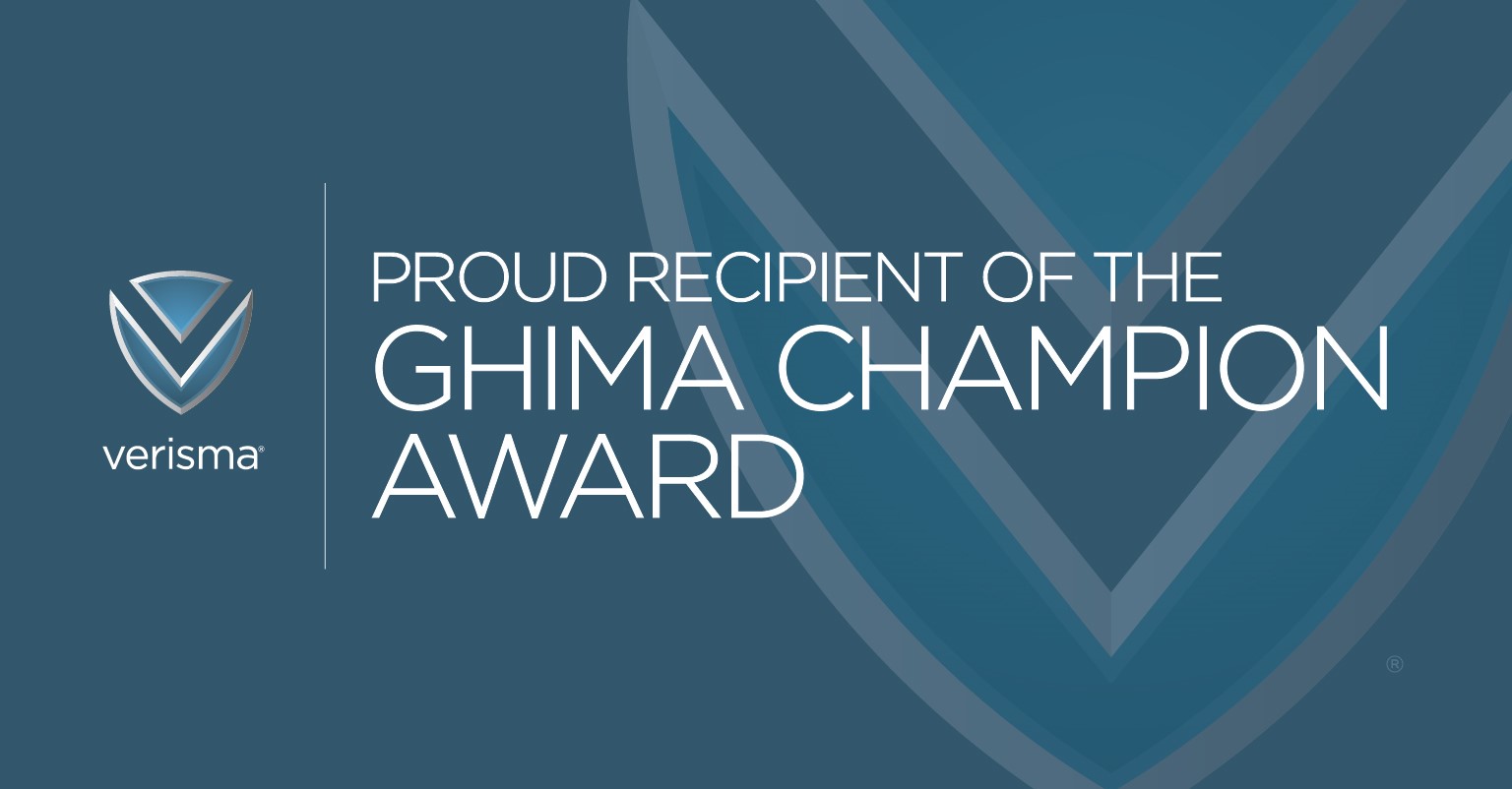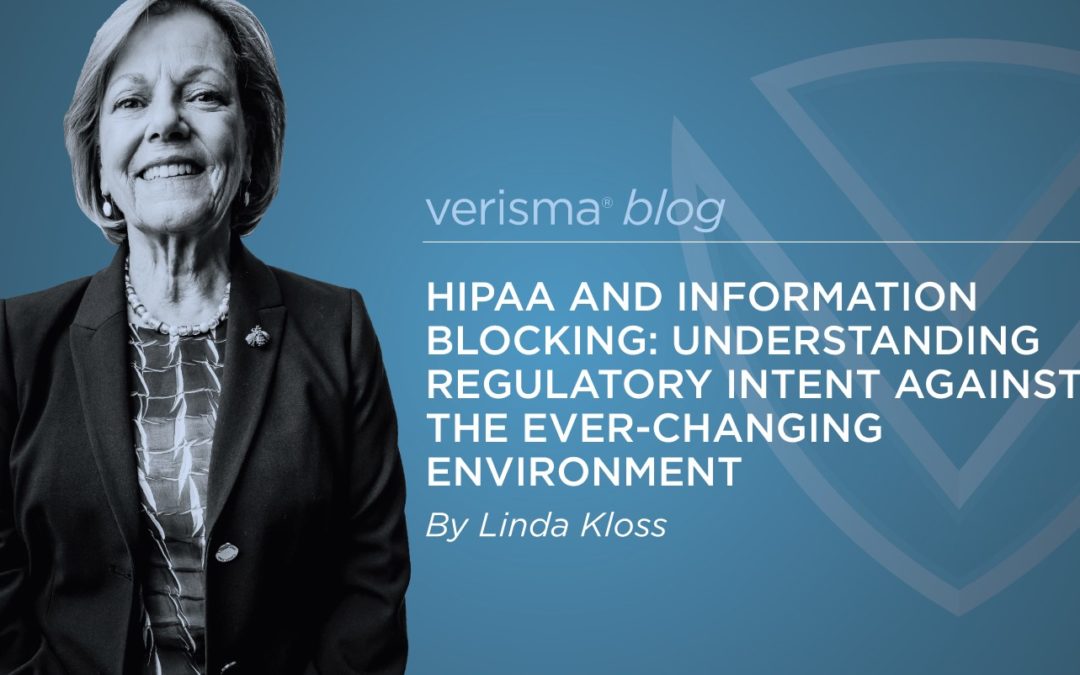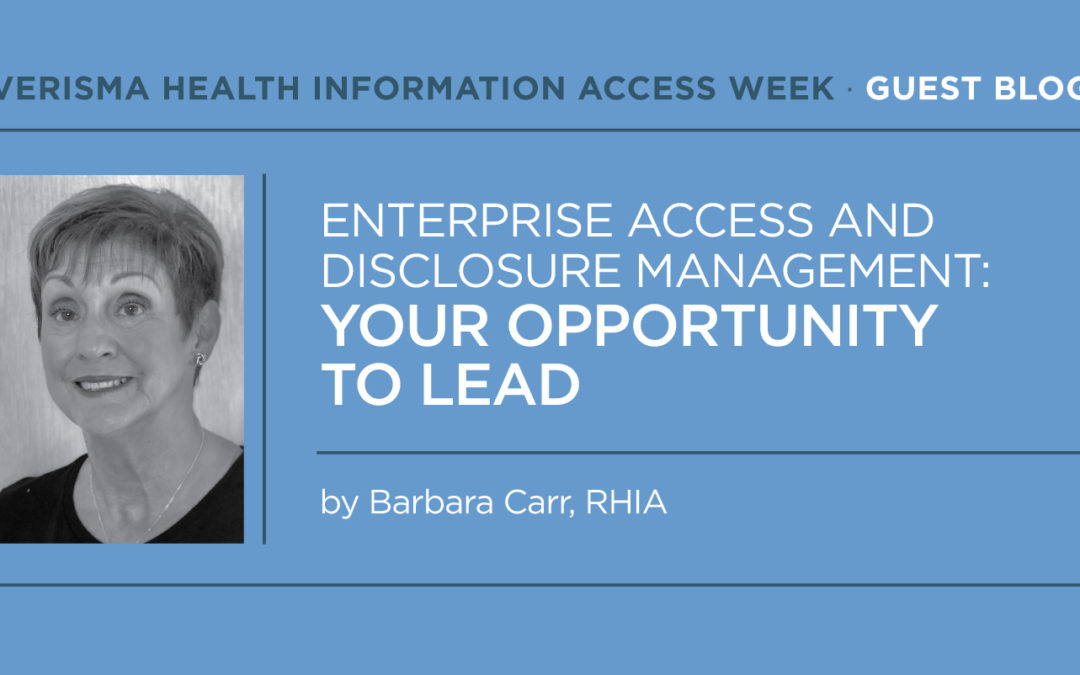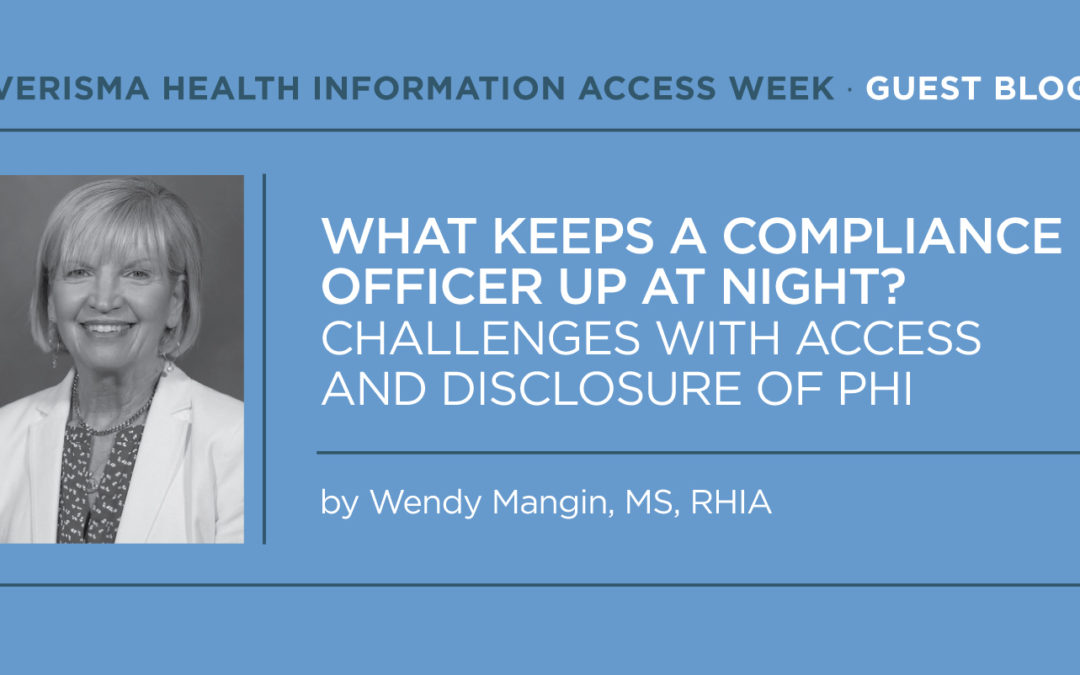This first Health Information Access Week has brought together a range of perspectives on serving consumers, mitigating risks and deploying technology. We’ve been privileged to learn from experts who bring a lifetime of experience and insight to the changing challenges of access and disclosure. I am closing out this week with some reflections about leadership and management of access and disclosure operations. It is my belief that there is an urgent need for HIM leaders to address the health information access and disclosure disparities within their organizations. This is a key stepping stone to being able to modernize our approaches. We have the expertise to do this and the time is now.
As a HIM leader, I made it one of my goals to achieve centralized health information access regardless of where the patient may have been treated within the healthcare organization. I view this as having three benefits: improved patient satisfaction, risk reduction and cost savings. It was clear to me several years ago, that HIM professionals needed to broaden our thinking beyond the hospital’s four walls and reach out to our physician practice administration, outpatient satellite and other facilities that make up our health system. Ultimately, the entire organization can benefit from centralizing the release of healthcare information.
In leading the charge at Einstein Health in Philadelphia, I first called a meeting of our Hospital Administration staff, Physician Practice administrators, Risk Management and Compliance.
I described a recent scenario where an elderly patient had to go to three separate locations to acquire the healthcare information they needed for an upcoming appointment with a specialist. I then posed questions regarding why we persisted in this approach. All the patient’s information was stored in our Clinical Information System (CIS) regardless of location of treatment. Everyone agreed this was not ideal and agreed to work with me on a solution.
The physician practices, at the time, were all doing their own individual release of information with various copy vendors, or their own in-house staff. There was no tracking, and very little quality control. At that time, all the HIM Departments were being handled by one vendor and covered by the same policies. Therefore, it was decided that we would tackle the practices first.
We started with bringing our release of healthcare information vendor to the table and put them to the task of working with us on a solution for the physician practice locations first. Since there are over 200 locations, this was a large change project. A project plan was developed, and a team of key stakeholders was assigned carry out the project. After 6 months of planning and strategizing, the first group of practices went live, followed by the next group, until all practices were handled by one group of release of information staff. Our vendor staffed the central location.
Once we standardized and centralized the physician practices, we were able to move quickly with outpatient locations. In all, it took about 18 months to accomplish. In the end it was merged into one centralized release of healthcare information site. Now a patient can make one request for their information, which is then processed all at the same time, and delivered to the patient via whatever media and route they have specified. We were able to monitor quality and track all released information. We reduced costs and duplication of effort. Patients were less frustrated and more satisfied with our service.
Risk and Compliance are less concerned with surprises and have one place to go to check on any issues. We are far less likely to receive a complaint and if we do, we have protocols to resolve any before they become investigations. Importantly, having a standard way of handling access and disclosure across the enterprise, positions the organization to broaden the scope of release of information. For example, it possible to handle access requests from financial services, case management, utilization review and other health system function that rely on access to information. When going through our release of information we are assured of the same quality control and tracking.
This experience not only helped me grow as a HIM leader but helped to expand my role in the organization beyond the HIM borders. I was given more opportunities to work across the organization to streamline other processes. All this really helped fulfill my own goals to grow within my organization.
In the end, I believe it is up to us as HIM leaders to have the vision, and then use our leadership to organize and lead others towards that vision.
Barbara Carr, RHIA a Verisma Advisor formerly served as Assistant Vice President Health Information Management at Albert Einstein Health Network in Philadelphia and as Corporate Director of Health Information Management at ChristianaCare, Wilmington, DE.
TAKE QUIZ
